Author : Shashikant Kalsha
Shashikant Kalsha
As the CEO and Founder of Qodequay Technologies, I bring over 20 years of expertise in design thinking, consulting, and digital transformation. Our mission is to merge cutting-edge technologies like AI, Metaverse, AR/VR/MR, and Blockchain with human-centered design, serving global enterprises across the USA, Europe, India, and Australia. I specialize in creating impactful digital solutions, mentoring emerging designers, and leveraging data science to empower underserved communities in rural India. With a credential in Human-Centered Design and extensive experience in guiding product innovation, I’m dedicated to revolutionizing the digital landscape with visionary solutions.
Our LATEST POSTS FROM Shashikant Kalsha
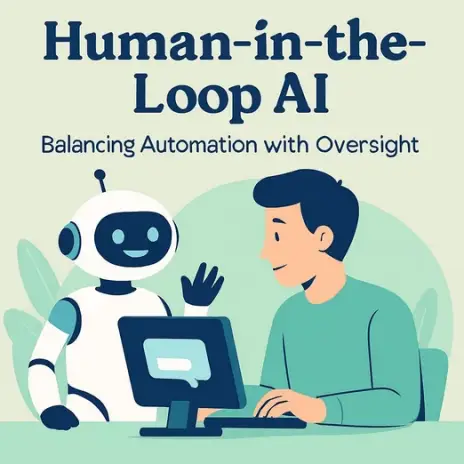
Human-in-the-Loop AI: Balancing Automation with Oversight
Posted on September 5, 2025 by Shashikant Kalsha
Introduction: Why does human-in-the-loop AI matter for enterprises? As enterprises accelerate adoption of artificial intelligence, the promise of speed, efficiency, and scale is immense. Yet with automation comes risk: AI systems can misinterpret data, propagate bias, or make opaque decisions that erode trust. Fully autonomous AI often lacks the contextual judgment and ethical reasoning that […]
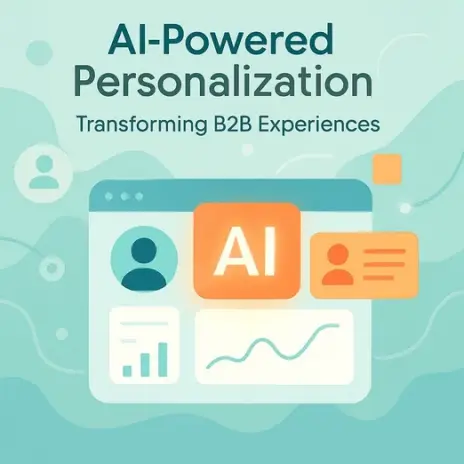
AI-Powered Personalization in B2B Platforms
Posted on by Shashikant Kalsha
Introduction: Why does personalization matter in B2B platforms? Personalization has long been a game-changer in B2C, where consumers expect Netflix to recommend the next series or Amazon to suggest the right product at the right time. In B2B, however, personalization has often lagged behind. Enterprises have historically treated corporate buyers as faceless entities rather than […]

Boost SOC Performance with AI-Driven SIEM
Posted on by Shashikant Kalsha
Why is the evolving threat landscape forcing SOC transformation? The evolving cyber threat landscape is marked by sophisticated ransomware, AI-driven attacks, and nation-state actors, which require SOC teams to detect and respond in real time. Legacy SIEM tools struggle to handle the scale, velocity, and complexity of today’s data. Attackers now exploit zero-day vulnerabilities within […]

Designing Data-Intensive Interfaces for Real-Time Decision Making
Posted on by Shashikant Kalsha
Introduction: Why do data-intensive interfaces matter for real-time decision making? Enterprises today operate in environments where milliseconds can make the difference between profit and loss, safety and risk, or opportunity and failure. In sectors like finance, healthcare, logistics, and manufacturing, you deal with vast amounts of fast-moving data that must be understood and acted upon […]
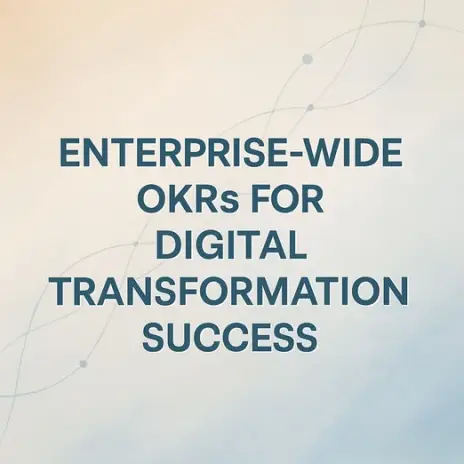
Enterprise-Wide OKRs for Digital Transformation Success
Posted on by Shashikant Kalsha
Introduction Digital transformation is not just about adopting new technologies, it is about reshaping how your enterprise operates, delivers value, and stays competitive in a fast-changing landscape. The challenge many leaders face is ensuring that ambitious digital initiatives are not siloed or disconnected from business outcomes. This is where enterprise-wide OKRs (Objectives and Key Results) […]

Event-Driven Architectures in the Cloud: Scaling with Real-Time Data
Posted on by Shashikant Kalsha
Introduction Your enterprise is surrounded by a constant stream of events—transactions, sensor readings, customer interactions, system alerts, and more. In a digital economy where speed and responsiveness determine competitiveness, you cannot afford to wait for batch processing or delayed workflows. This is why event-driven architectures (EDA) in the cloud are becoming critical for enterprises that […]

AI in Predictive Quality Control for Manufacturing
Posted on by Shashikant Kalsha
Introduction Manufacturing has always revolved around one critical metric: quality. Defects cost time, money, and customer trust, while consistent quality builds reputation and market leadership. In today’s competitive landscape, traditional quality control methods often fall short because they react to issues only after they occur. What if you could predict defects before they happen, proactively […]

Fog Computing for Latency-Sensitive Applications
Posted on September 4, 2025 by Shashikant Kalsha
Introduction: Why Fog Computing Matters to Digital Leaders As a digital leader, you know that latency can make or break application performance. In industries where milliseconds matter—like healthcare diagnostics, autonomous vehicles, industrial automation, or financial trading—the cloud alone is not always fast enough. While cloud computing offers scalability and global reach, it introduces delays due […]

Building Governance Models for Citizen Development
Posted on by Shashikant Kalsha
Introduction: Why Citizen Development Governance Matters for Digital Leaders Citizen development has become one of the most significant trends in digital transformation. With the rise of low-code and no-code platforms, business teams can create applications, automate workflows, and solve local problems without waiting for IT. For CTOs, CIOs, Product Managers, Startup Founders, and Digital Leaders, […]
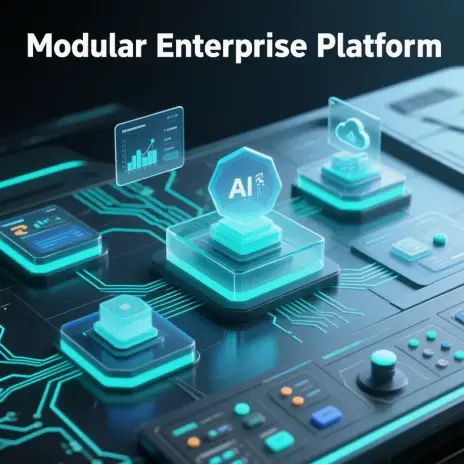
Designing Enterprise Platforms for Modular Scalability
Posted on by Shashikant Kalsha
Introduction: Why Modular Scalability is the Future of Enterprise Platforms Enterprise platforms today must handle more complexity than ever before. As organizations grow, they face mounting challenges: fragmented systems, rising maintenance costs, integration hurdles, and the constant pressure to innovate. Traditional monolithic architectures cannot keep pace with business agility demands, customer expectations, or disruptive technologies. […]
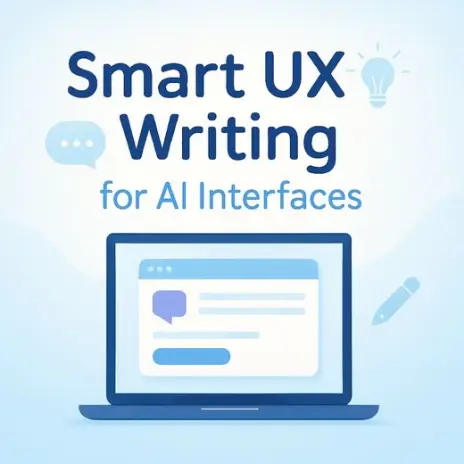
UX Writing for AI-Driven Interfaces: Shaping Human-Centered Conversations
Posted on by Shashikant Kalsha
Introduction: Why UX Writing for AI Matters to Digital Leaders Artificial intelligence is rapidly becoming the backbone of everyday digital experiences. From chatbots handling customer service to voice assistants guiding healthcare patients, AI-powered interfaces are no longer experimental—they are central to enterprise strategies. For digital leaders like CTOs, CIOs, Product Managers, and Startup Founders, the […]

Strategic Cloud Exit Planning for Mergers and Acquisitions
Posted on by Shashikant Kalsha
Introduction When your company enters a merger or acquisition, cloud infrastructure often becomes one of the most complex and overlooked areas of integration. As a CTO, CIO, Product Manager, Startup Founder, or Digital Leader, you cannot afford to leave cloud dependencies to chance. Poorly planned transitions can result in compliance failures, costly downtime, security risks, […]
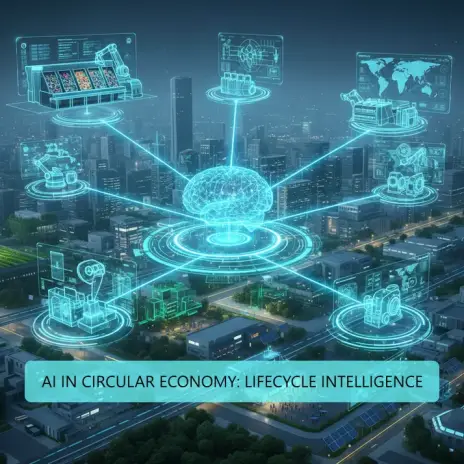
AI for Circular Economy: Designing Products with Lifecycle Intelligence
Posted on by Shashikant Kalsha
Introduction Sustainability is no longer just a corporate responsibility, it is becoming a business necessity. As industries face pressure from regulators, investors, and eco-conscious consumers, adopting the circular economy model is one of the most powerful ways to reduce waste and create long-term value. In this model, products are designed, used, reused, and recycled in […]

How to Conduct a Heuristic Evaluation
Posted on by Shashikant Kalsha
Introduction: Why does a heuristic evaluation matter for digital leaders? As a CTO, CIO, Product Manager, Startup Founder, or Digital Leader, you know that usability can make or break a product. A feature-rich application is useless if customers cannot navigate it easily. Heuristic evaluation provides a structured way to uncover usability problems early in the […]

What is Disinformation Security?
Posted on by Shashikant Kalsha
Introduction As a CTO, CIO, product manager, startup founder, or digital leader, you are tasked with safeguarding not just your organization’s networks and data but also its reputation and trust. Traditional cybersecurity has focused on defending against malware, ransomware, and system breaches. However, in today’s digital-first environment, another threat has emerged as equally dangerous: disinformation. […]

What are Polyfunctional Robots?
Posted on by Shashikant Kalsha
Introduction As a CTO, CIO, product manager, startup founder, or digital leader, you are always exploring how automation can drive efficiency and unlock new opportunities. Robotics has already proven itself in industrial settings, but the future of robotics is not limited to single-purpose machines. The next evolution is polyfunctional robots: robots designed to perform multiple, […]

What is Ambient Invisible Intelligence?
Posted on September 3, 2025 by Shashikant Kalsha
Introduction As a CTO, CIO, product manager, startup founder, or digital leader, you are continuously evaluating how emerging technologies can reshape customer experiences and operational models. Artificial intelligence has already become a driving force, but the next frontier is even more transformative: ambient invisible intelligence. This concept refers to AI systems seamlessly integrated into environments, […]

Design Thinking to Meet Corporate Needs
Posted on by Shashikant Kalsha
Introduction As a CTO, CIO, product manager, startup founder, or digital leader, you are under immense pressure to deliver business value while navigating unpredictable market conditions. Traditional problem-solving models often fail to address today’s complex corporate challenges, where technology, customer expectations, and operational constraints intersect. This is where design thinking becomes critical. Design thinking is […]
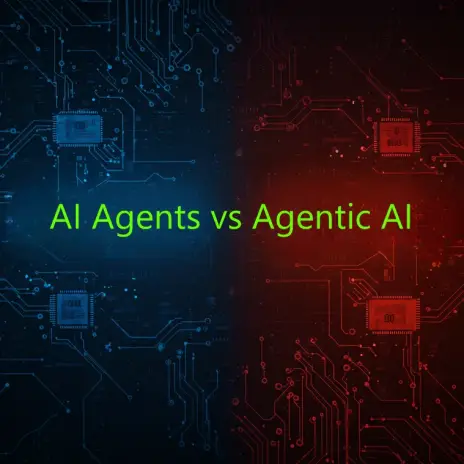
AI Agents vs Agentic AI: What’s the Difference and Why It Matters
Posted on by Shashikant Kalsha
Introduction: Why You Need to Understand These AI Terms The vocabulary of artificial intelligence is evolving as quickly as the technology itself. For digital leaders like CTOs, CIOs, and product managers, the distinction between AI agents and agentic AI is not just technical jargon. It has direct implications for how your business automates processes, innovates, […]

Weak AI vs Strong AI: Understanding the Difference and Business Impact
Posted on by Shashikant Kalsha
Introduction: Why Weak vs Strong AI Matters for Business Leaders Artificial intelligence is often described as either weak (narrow) or strong (general). This distinction is essential for digital leaders because it defines what AI can realistically deliver today versus what remains aspirational. As a CIO, CTO, or product manager, knowing the difference between weak and […]